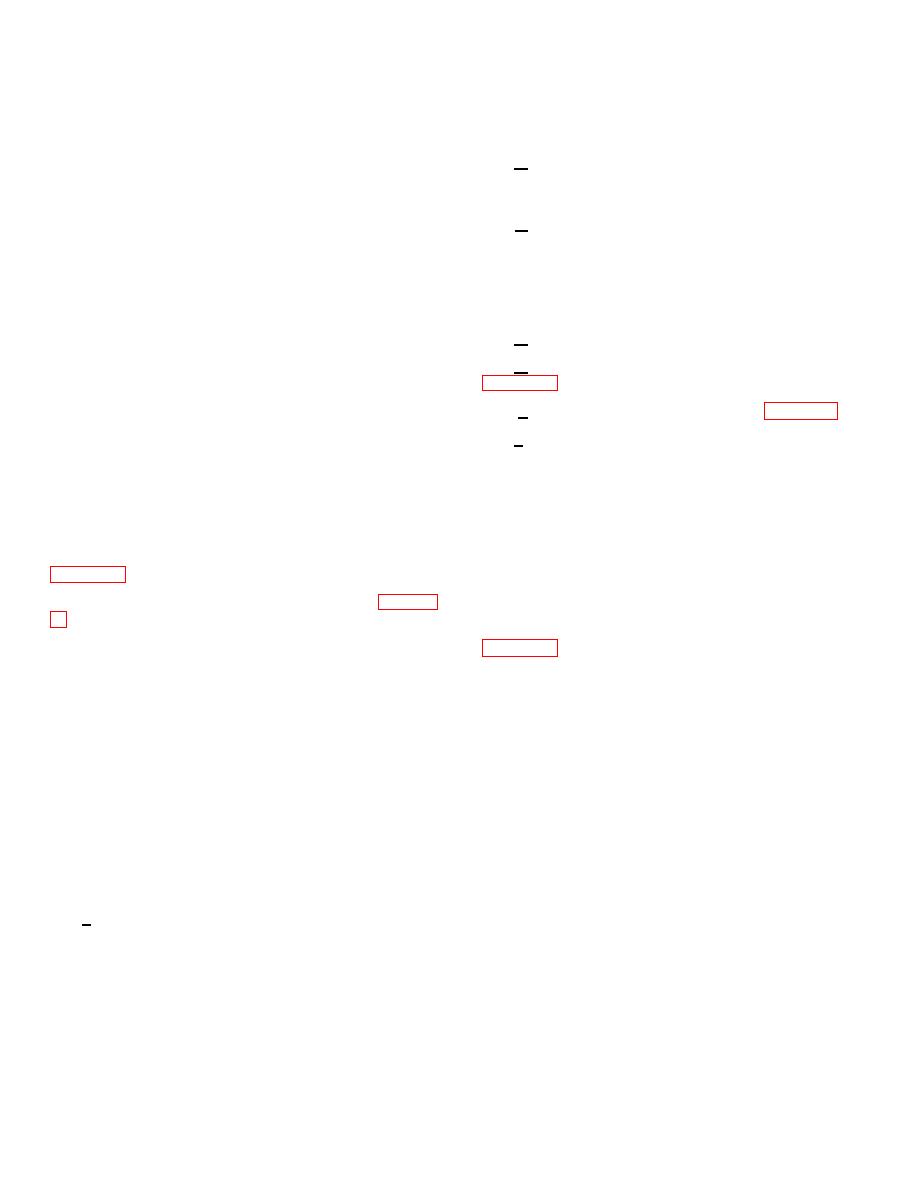 |
|||
|
|
|||
|
|
|||
| ||||||||||
|
|
 TM 9-1300-277
repeated at the same burning site within a 24 hour
enough to prevent cave-in. Size of the pit or length and
period. Generally, surface burning procedures are as
width of the trench will be determined by the quantity of
follows:
material being disposed of and by safety distances
established for the burning site.
(1) Stack items/containers in a pile on the
surface.
b. Place combustible material, such as scrap
wood, in the bottom of the pit at least 0.31 meter (one
WARNING
foot) deep.
VOLATILE
FLAMMABLE
LIQUID
c. Place munitions on combustible material,
WILL NOT BE USED TO FACILITATE
ensuring that the combustible material extends beyond
BURNING.
the layer of munitions. Layers of combustible material
and munitions will be formed as necessary, allowing an
NOTE
air space of not less than 0.31 meter (one foot) between
Volatile flammable liquid is a liquid
the top layer of munition and the top of the pit/trench.
whose vapor can be ignited at or
d. Pour motor/fuel oil over entire pile, if applicable.
below temperatures of 100 , i.e.,
F
ether, acetone, gasoline, ethyl
e. Prepare
ignition
train
in
accordance
with
alcohol, methyl alcohol, benzene,
toluene, zylene, anyl acetate, napalm,
f. Effect ignition in accordance with Chapter 5.
and JP-4. Diesel or fuel oil may be
poured over the material to assist
g. Inspect the pit for unburned or partially burned
combustion. Oil may be added either
munitions. Inspection will not be performed until at least
as layers are constructed or after all
12 hours after the fire has burned out. The inspection
munitions have been laid.
will be performed by one qualified person with a second
qualified person acting as a safety backup.
(2) Pour diesel/fuel oil over entire pile, if
applicable.
8-4. BURNING IN DEACTIVATION FURNACES
(3) Prepare ignition train in accordance with
A deactivation furnace may be used for the
disposal of certain munitions. A furnace is considered a
safer more expeditious method of burning such items as
(4) Effect ignition in accordance with Chapter
small arms ammunition, delay elements, primer
detonators, etc. Deactivation furnaces are described in
(5) Inspect the pit for unburned or partially
burned munitions. Inspection will not be performed until
8-5. DETONATION
at least 12 hours after the fire has burned out. The
inspection will be performed by one qualified person
Disposal by detonation is accomplished by
with a second qualified person acting as a safety
placing demolition charges or other explosive materials
backup.
or single or stacked quantities of munitions, priming the
charges, and detonating from a safe distance. Specific
8-3. BURNING IN PITS OR TRENCHES
instructions on the use of demolition materials and firing
Pits or trenches will be utilized if the possibility
systems are contained in the individual demilitarization
of propulsion exists or to limit fragmentation if
DWR's and in other chapters of this manual.
detonation should occur. Pits or trenches will not be
reused within a 24 hour period.
The applicable
demilitarization DMWR will be referred to for additional
information pertaining to disposal of a specific munition.
Generally, pit/trench burning procedures are as follows:
a. Dig a pit/trench at least 1.22 meters (four feet)
deep with sides sloping
8-2
|
|
Privacy Statement - Press Release - Copyright Information. - Contact Us |